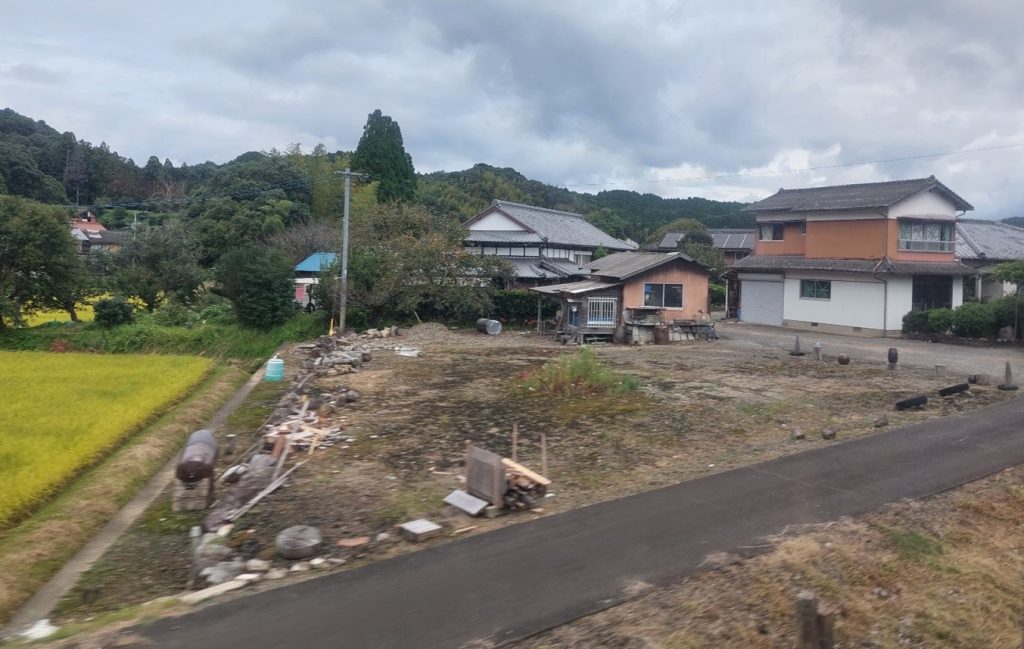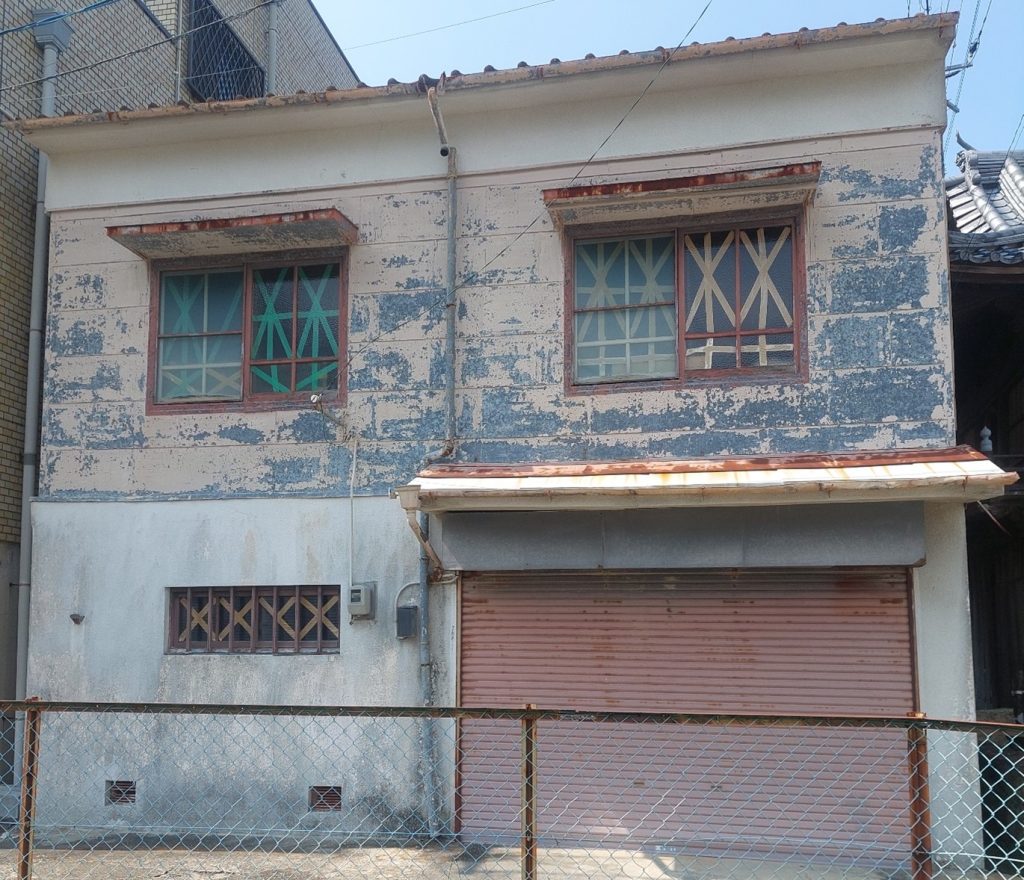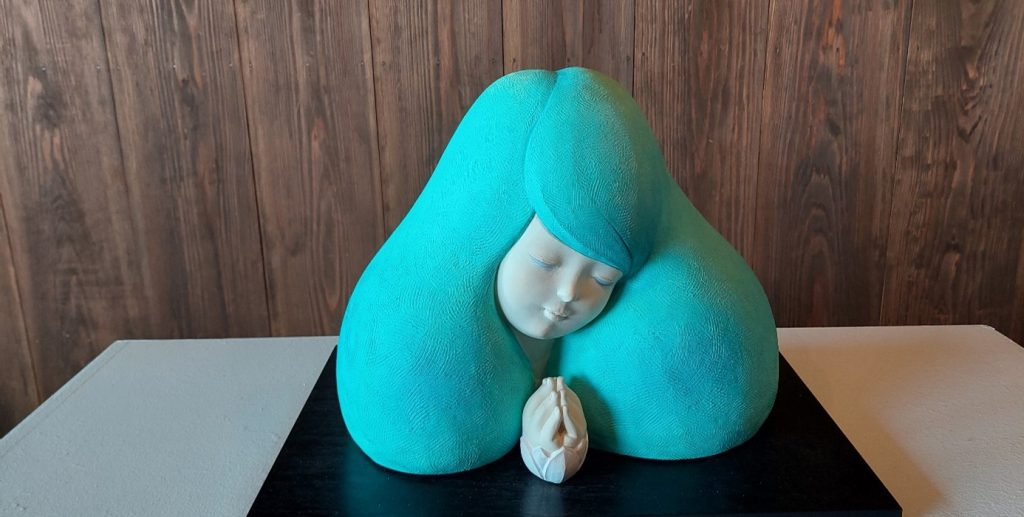by Dominik Roth
Rural revitalization is a hot topic in modern societies. With declining birth rates, many developed countries are seeing their rural areas deteriorate in both population and infrastructure. While this problem is prevalent in many places, Japan is somewhat unique: Nowhere else is the problem of rural abandonment more apparent. In Japan, rural communities try to launch projects to bring life and people back to decaying towns and villages far from urban centres like Tokyo and Osaka. Many of these projects are focused on finding that one special feature, product, or other thing that will make the place stand out and attract new people.

Copyright © Cornelia Reiher 2022
Many of these projects and marketing efforts seem lackluster, superficial, and often end up being nothing more than pure actionism by politicians and bureaucrats. “We are the city of ceramics” or “We are the city of ink” are just a few examples of communities trying to put their hometown back on the map by choosing a label to put on it. I find it hard to believe that the attractiveness of a place can be planned at a board meeting. Japan’s rural decline won’t be solved by simple marketing campaigns. There are bigger problems at work that need to be solved in order to actually contribute to population growth and the return of people to rural areas. The lack of gender equality, extreme working conditions, low pay and many other issues should be addressed first.

Copyright © Cornelia Reiher 2022
And while I personally don’t believe that public marketing campaigns will solve the problem, I do appreciate that efforts are being made, especially when they are creative and different. One of these efforts is the “Emotional Bridge Project” in Gifu, realized through the hands of a single person. This person is Ogawa Ryo, better known by his artist moniker “RoamCouch”. Born in Anpachi-cho, Ryo started drawing and painting at an early age, mainly influenced by his love for manga. After graduating from high school, he started working for an advertising company, but he was dissatisfied with the job and the outlook on his life, and eventually suffered a physical breakdown. He became seriously ill and was unable to move for weeks, and with enough time to rethink what kind of life he really wanted to live, he finally decided to pursue a career as a painter (Roamcoach 2024).

Copyright © Cornelia Reiher 2022
Ogawa’s “Emotional Bridge Project” has been in existence since 2014, and aims to revitalize the local community of Anpachi-chō by painting murals on local buildings and structures. Although at one point he considered moving abroad, Mr. Ogawa decided to return to his hometown in Gifu to give back. Inspired by street art revitalization projects around the world, Ogawa spoke directly with the owners of various spaces and facades to create murals for free, eventually resulting in 14 works of art in Anpachi-chō. He uses stencils for his artwork, which he cuts out by hand. However, Ogawa’s style is unique because he also incorporates elements of ukiyo-e into his works, creating a blend of the ancient and the modern. His stencil art requires the utmost concentration, as the slightest mistake in the spraying and cutting process means he has to start the project all over again. According to Ogawa, his works have no message, as he simply wants viewers to enjoy his works and feel joy, which is why he often makes them easy to understand without any subliminal meaning. The project has caught the attention of locals. In an interview, Ogawa mentions how an elderly gentleman recognized him while he was spraying, and he even collected clippings of Ogawa’s work. Students often photograph the murals, and more and more people are inquiring about future locations for his murals, indicating a growing interest in his work. Ogawa sees the Emotional Bridge Project as a catalyst for tourism and a source of inspiration for the realization of dreams. Ogawa strives to convey a calm and mysterious view of the world. His murals, characterized by their beauty and sense of mysticism, contribute to the unique atmosphere of Anpachi-chō. Ogawa hopes to expand the project and convey the message that perseverance can make many dreams come true.
ACHTUNG: Daten nach YouTube werden erst beim Abspielen des Videos übertragen.
Will the “Emotional Bridge Project” solve problems such as rural exodus and population decline in Anpachi-chō? Probably not. I don’t think this is something that one man’s project can do. It does, however, show how one person’s efforts can impact a rural area, if only by inviting art fans on a bike ride to see all the murals. It’s a small step, but solving any big problem has to start somewhere.
References:
Jet-Black Gallery (2019), “Emotional Bridge Project】 RoamCouch ‘Take My Heart’, https://www.youtube.com/watch?v=JFwUb3OR4fA (June 17, 2024).
Roamcoach (2024), “About”, http://roamcouch.com/about/ (June 17, 2024).
Dominik Roth is a student in the BA program in Japanese Studies at the Freie Universität Berlin
